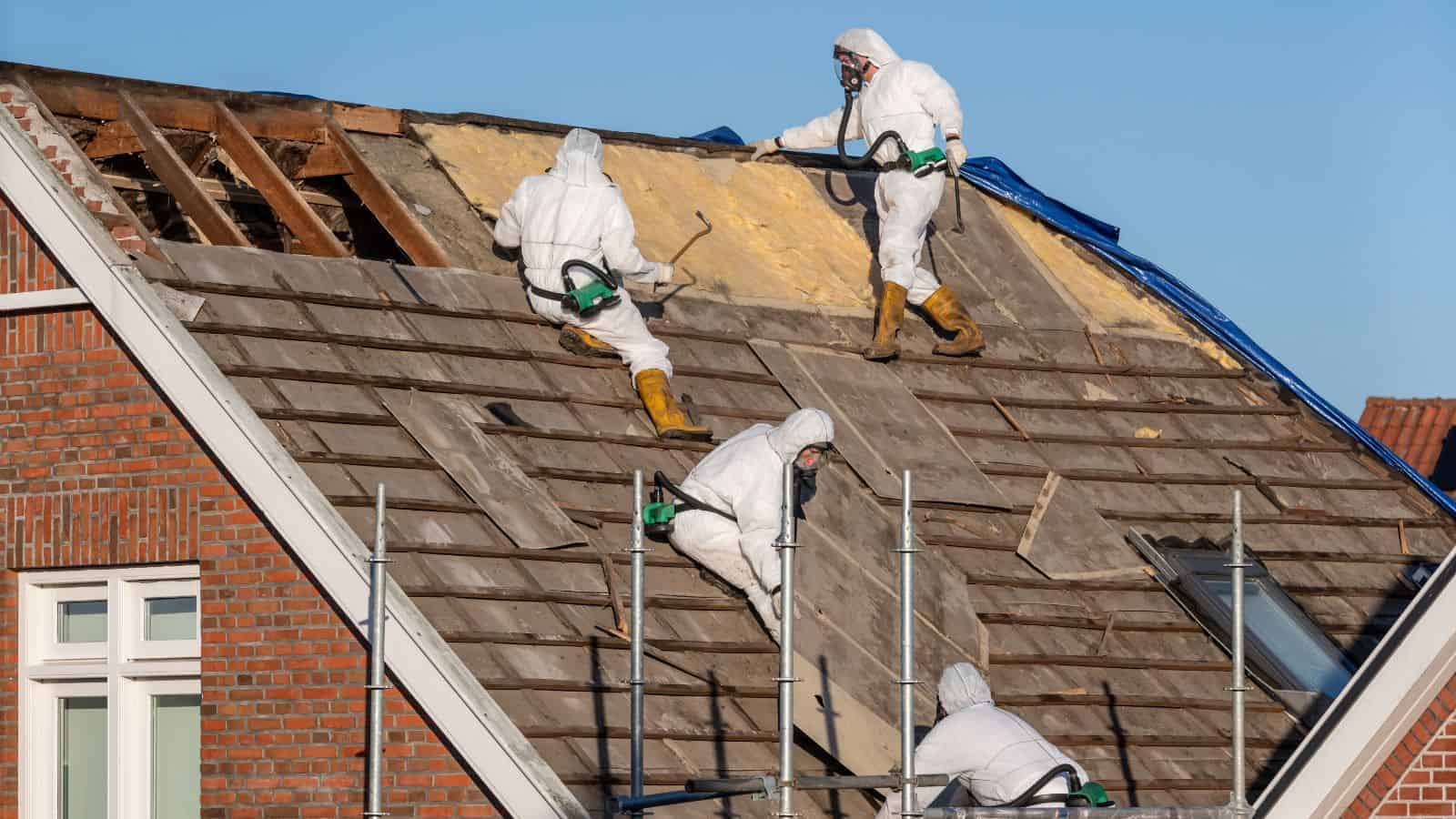Once upon a time, people thought that smoking cigarettes was good for you. Not so long ago, asbestos was used to build homes for people to live in. Here are some more things that were normal in the ’60s but are now banned.
The sale of baby turtles

Baby turtles were once very popular as cute, low-maintenance pets for children, but there were high risks of salmonella poisoning when handling them, especially for children, according to the CDC. Due to this, a law was passed in 1975, making the sale of baby turtles illegal.
Smoking in public spaces

It used to be widely acceptable for people to smoke in any public space, like restaurants, airplanes, offices, and even maternity wards in hospitals. This behavior was commonplace during the ’60s. However, thankfully, public health campaigns were launched, and laws were introduced over the years to ban smoking in these areas due to health risks.
No seat belts

Cars in the 1960s often did not come equipped with seat belts, especially not in the back seats. With the rise in popularity of cars and the number of road accidents rising, legislation was passed that required the installation of seat belts in cars and eventually mandated their use.
Radioactive goods

It was popular to use radium on products like wristwatches to make the dials glow in the dark, as well as in novelty toothpaste and cosmetics, according to CNN. Uranium-glazed ceramics were also popular for their glowing properties. However, health risks associated with radiation exposure led to the discontinuation of these radioactive consumer goods.
Segregation in public places

Segregation between people of different races in schools and public facilities was legally enforced in many parts of the U.S. under state and local statutes known as Jim Crow laws. Thankfully, civil rights movements and legislation, like the Civil Rights Act of 1964, led to the prohibition of such institutional racial segregation.
Lead-based paint

Lead-based paint was widely used in homes, hospitals, and childcare facilities for its durability. The EPA explains that lead-based paint has caused irreversible damage, such as lower intelligence, learning disabilities, and behavioral issues. These health risks led to the U.S. ban on the sale of lead-based paint for residential use in 1978.
Discrimination in hiring practices

It was normal years ago for employers to place discriminatory ads, and job postings often specified preferred race, gender, or religion. Thankfully, the establishment of the Equal Employment Opportunity Commission (EEOC) and the Civil Rights Act of 1964 led to the prohibition of such discrimination.
Open burning of trash

At one time, it was normal for households to burn trash in their backyards. This has been banned to protect the quality of air, as communities have grown over the years. There are now environmental regulations in place that prohibit open burning in residential areas due to the harmful effects on air quality and public health.
Asbestos in construction

Asbestos, a naturally occurring silicate mineral, was commonly used in construction for insulation and fireproofing, as it is durable and heat resistant. However, many health risks associated with asbestos, like cancers and lung diseases, led to strict regulations and a decline in its use.
Water usage during droughts

There were often no restrictions on water usage during drought conditions, allowing people to water their lawns and wash their cars with wild abandon until all the water was gone. Many states have since implemented various water conservation measures during droughts to manage resources better.
Trans fats in food

Trans fats, a form of unsaturated fat, are commonly used in processed foods to enhance flavor and extend shelf life. However, scientific discoveries linking trans fats to an increased risk of heart disease led to the FDA’s decision to ban trans fats.
Mercury in household items

At one time, mercury was common in household items such as thermometers and electrical switches. Mercury exposure is now associated with many health concerns, as it can cause harmful effects on the nervous, digestive, and immune systems, lungs, and kidneys, according to the WHO. This has led to a phase-out and replacement with safer alternatives.
Corporal punishment

Physical punishment was an accepted method for disciplining students in schools, and hitting children with a paddle was commonplace. However, over the years, there has been a shift toward non-physical disciplinary methods as an understanding of child psychology and rights has evolved. Corporal punishment is now banned in most U.S. states.
Drinking and driving

Drunk driving years ago was not perceived with the same severity and danger as it is today, and the drinking and driving laws were much more lenient. Over the years, increased awareness and statistical evidence of the risks have led to stricter DUI laws and enforcement.
Littering

Years ago, littering was a normal behavior with little public or legal repercussions, but environmental movements pushed for anti-littering laws to protect urban and natural landscapes. Littering is now banned in all states in the U.S., and laws are enforced by various fines and penalties.
Unregulated work environments

Hazardous conditions have long existed in workplaces, especially in industries like manufacturing and mining, where safety regulations were minimal. Movements toward better worker protection led to the establishment of standards and regulations by organizations like the OSHA.
Legal barriers to using contraceptives

Access to contraceptives was legally restricted, often only available to married couples through a prescription from their physician. Organizations like the Women’s Health Movement (WHM) encouraged some changes in attitudes toward women’s health rights, and significant gains were made in women’s health at the federal policy level during the 1980s and 1990s.
Up Next: 18 Cities in the US That Are So Bad You Won’t Want to Visit

While there are many beautiful cities in the U.S. that are well worth a visit, there are also some that you may want to avoid. This is largely due to high crime rates or issues with quality of life. Here are 18 U.S. cities that you won’t want to visit.
18 Cities in the US That Are So Bad You Won’t Want to Visit
19 American Cities That Disappoint Visitors So Much They Wish They Never Went

The United States is a vast country with over 109,000 cities and towns and many popular tourist hotspots, promising visitors fascinating history, famous landmarks, natural wonders, impressive architecture, and cultural delights. But not every city lives up to the hype! Here, we explore 19 American destinations that often leave visitors underwhelmed.
19 American Cities That Disappoint Visitors So Much They Wish They Never Went
19 Signs That Say You’ve Officially Entered Old Age

Old age comes for us all, though we do our best to resist it for as long as possible. But aging isn’t only gray hair, wrinkled skin, and yelling at kids to get off your lawn. Here are 19 signs you’ve realized you’re no longer the young stud you once were!
